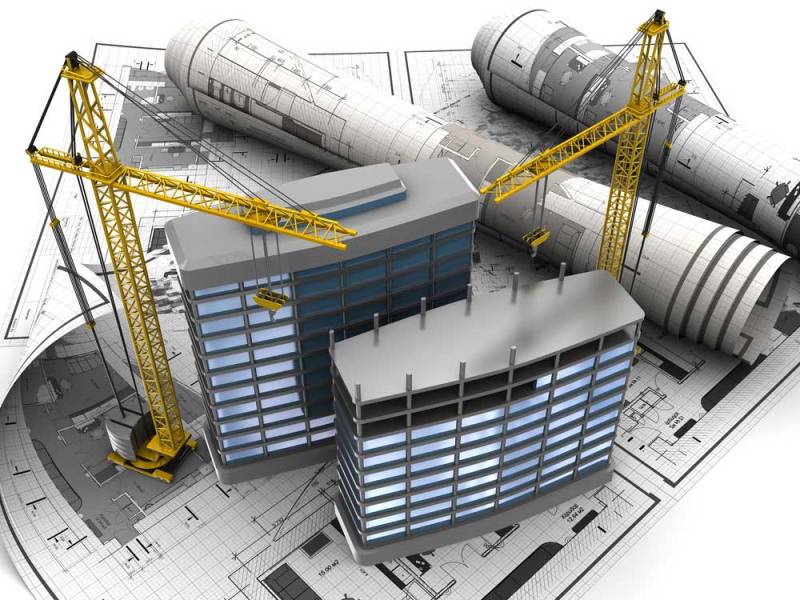There are plenty of approaches homeowners take to building projects. The Design-Build approach and the Design-Bid approach are two of the most common.
Every method has its advantages and its drawbacks. Due to the many advantages, this method offers over the design – bid approach, the design-build approach is gaining popularity.
What Is Design-Build?
Design-build is a construction method where one person or team is responsible for both project design and construction phases. Design-construction has become increasingly common over the last 15 years, overtaking conventional design – bid – build method where a company has to employ two companies to oversee building and design.
This always leads to poorer contact and less information exchange, ultimately costing clients time and money. A design-build project is typically managed by the contractor, who is the owner ‘s representative for the project. Then the contractor must work directly with the subcontractors, engineer and architect to serve as the owner’s single point of contact in project management.
The DBIA (Design-Build Institute of America) defines the design-build process as the design-build team is responsible for results, scheduling, and costs under one contract and with lower operational paperwork, and, rather than managing disparate contracts, customers may concentrate on the project. Below are some of the major benefits of using the design-build approach while constructing your home.
Overall Quality

With design-build, unique responsibility drives performance and quality at every point of the project. During the design phase, designers are extremely motivated to generate accurate and error-free plans. This encouragement persists throughout the process of construction, as designers alone are responsible for the quality of the finished product.
Coordination
Homeowners have to invest money and time with the design-bid-build model in recruiting and organizing different architects and building contacts. However, with design-build, the design-build firm manages both construction and architect, reducing the administrative work that the customer has to manage. The contractor works as a central point of contact and is responsible for team collaboration, problem-solving and project delivery.
Accountability
Design-build teams, such as residential general contractors in New Orleans are typically responsible for the entire project, from scheduling to costs to end-product quality. For this purpose, a design-builder has added confidence to ensure accuracy of timing and pricing during the design phase, as this will impact their own efficiency during the build phase.
Continuity
A design-build firm manages a project from start to finish, from the early stages of planning to post-construction maintenance. Because of this, design-builders can perform more efficiently, and there is considerably less opportunity for things to be lost in the translation.
Experience
Design Builders have considerable construction and architectural design expertise. Therefore, they have clear hands-on knowledge of what it takes to transform a paper design into a new framework or addition.
Schedule management

Schedule management is part of the several advantages of using a design and construction firm’s resources for your building project. Schedule changes take place concurrently with one central point of contact and as per the scheduling needs of others involved with the project. A secure and stress – free working environment stands to benefit all interested parties with only one company handling the scheduling.
Time-saving
Design-build eliminates the bidding process and overlaps the construction and design phases. This way, projects can move faster and more seamlessly, reduced costs and earlier homeowner access.
Conflict reduction
When one company is in charge of designing and building a property, they are better able to evaluate all the costs and barriers and involved before starting the project. This can help to reduce the amount of conflict with other building methods that often arise between contractors and design teams.
Cost-Effective
Similarly, cost-saving methods are used in design-building throughout the construction and process. For this reason, design-build projects
can save homeowners up to ten per cent of total project costs.






